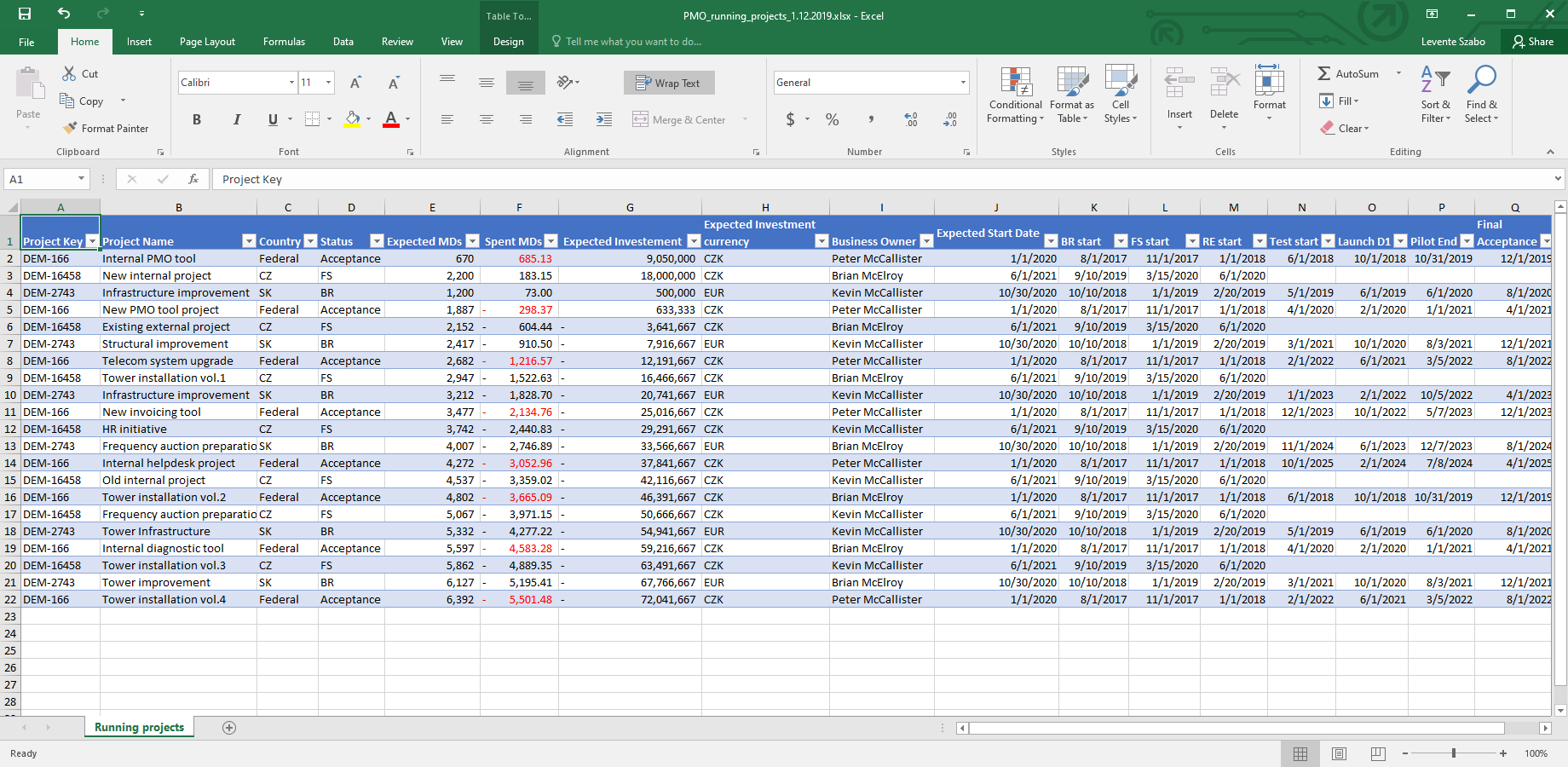

- #JIRA CLIENT REPORTING HOW TO#
- #JIRA CLIENT REPORTING SOFTWARE#
How to interpret time tracking reports (with screenshots)

Within the report are visual representations of the time tracked across multiple projects. The last line of the report indicates the total time tracking values for the whole version.Essentially, it is the sum of issue metrics and its sub-tasks metrics. For sub-tasks, the ∑ symbol on the right side of each column indicates the aggregate time for each parent Jira issue.To better describe it, add the Time Spent and the estimated time remaining.In other words, this can be described as the difference between the estimate and the time spent. Accuracy: The original estimate compared to the current estimate.Time spent: The time already spent working on the issue.
 Estimated time remaining: The amount of time that still needs to be tracked as part of the original estimate. Original estimate: The original time set to complete the issue, project, or task.
Estimated time remaining: The amount of time that still needs to be tracked as part of the original estimate. Original estimate: The original time set to complete the issue, project, or task. #JIRA CLIENT REPORTING SOFTWARE#
These four time tracking fields are primarily used in software development, and here’s what they record: Let’s understand what they are all about. The four columns report are the time tracking fields.
A report without sub-tasks looks like this:. A report with sub-tasks looks like this:. What does a Jira time tracking report consist of?īefore we continue, we need to know what the report looks like to better interpret the visual representations of the work time recorded. Let’s check out what a Jira time tracking report looks like. Step 7įinally, you need to click Next to generate your time tracking report. Note: You’ll have to enable sub-tasks to include them in the report. Selecting Include All Sub-Tasks will let you include all sub-tasks regardless of what version they may or may not belong to. Selecting Also Include Sub-Tasks Without a Version Set will allow you to include sub-tasks only if they belong to the same version as the issue or if it belongs to no version. Selecting Only Include Sub-Tasks With the Selected Version will allow you to include a sub-task only if its parent issue is part of the selected version. Sub-Task Inclusion allows you to include which sub-tasks will be included in the report along with the parent issue for the selected version. Also, the issue status doesn’t affect which issues are included in the report. It also excludes issues that do not have a time entry or have no Original Estimate. Selecting Incomplete Issues Only will exclude all issues with an Estimated Time Remaining of zero (i.e., all your completed issues). Selecting All will include all issues for the selected version. Select the Issues you’d like to include in your report. Selecting Least Completed Issues First will display issues with the most estimated time remaining at the top. Selecting Most Completed Issues First will display issues with the least estimated time remaining at the top. In the Sorting drop-down, you can select the order in which the issues appear. The issues that belong to the type of version you select will be included in the report. Fix version: Select which Jira issues you’d like a report for from the Fix Version drop-down. Now, select the time tracking settings as per which you’d like to configure your report: Select Reports in the sidebar and then Select Forecast & Management. Head over to the project you’d like to track time for in your Jira dashboard. Now, let’s look at the steps to help you generate a Jira time tracking report. Allows you to determine accurate time estimates for tasks based on previous work. Helps you create a timesheet and invoice for clients. Gives an account of how much time was spent on a Jira issue, task, and project. Here are a few ways in which Jira’s time tracking reports can prove helpful: Jira’s time tracking reports are essential to understand how to manage time when team members work on issues, especially when a software development project can take weeks or even months. Let’s go! 7 simple steps to generate a time tracking report Additional Jira time tracking integrationsĬheck out this article on Jira time tracking. Time Doctor: For accurate time tracking with Jira. 3 limitations of using the Jira time tracking report. What does a Jira time tracking report consist of?. 7 simple steps to generate a time tracking report. (Click on the links below to jump to specific sections) We’ll also discuss what the report consists of, its limitations, and how to integrate Time Doctor to curb those limitations. In this article, we’ll discuss how to generate a Jira time tracking report. Managers can then use the tracked time for real-time reports to understand better how their employees work. The tool offers a time tracking feature that helps software developers track time when they work on tasks. Jira is a project management tool that assists software developers with bug tracking, agile project management, issue tracking, workflow, and much more.







 0 kommentar(er)
0 kommentar(er)
